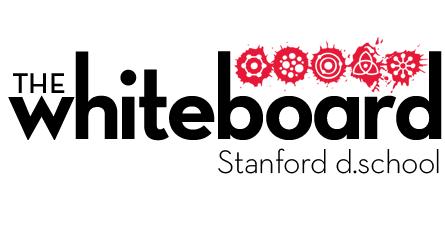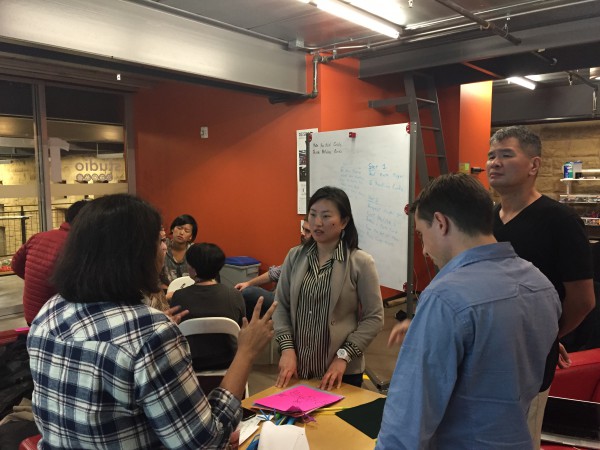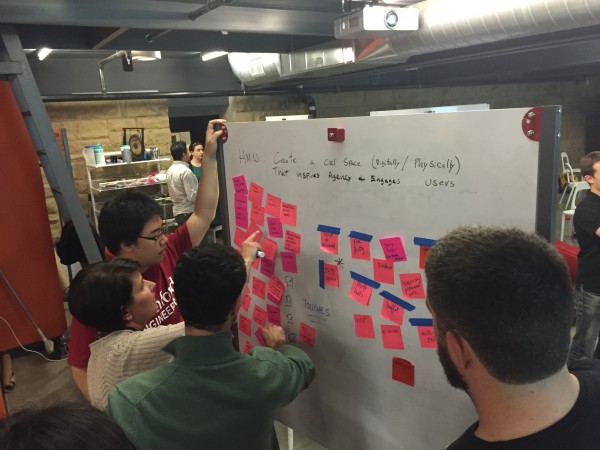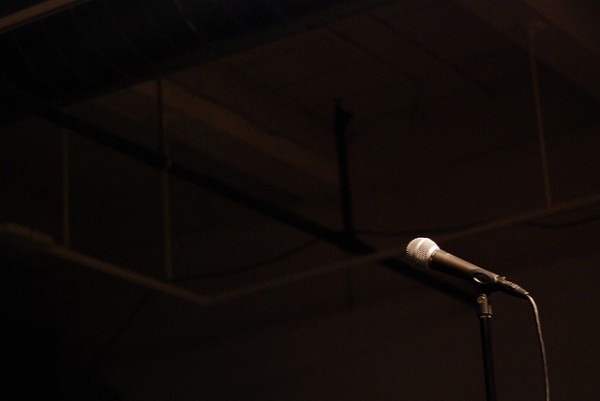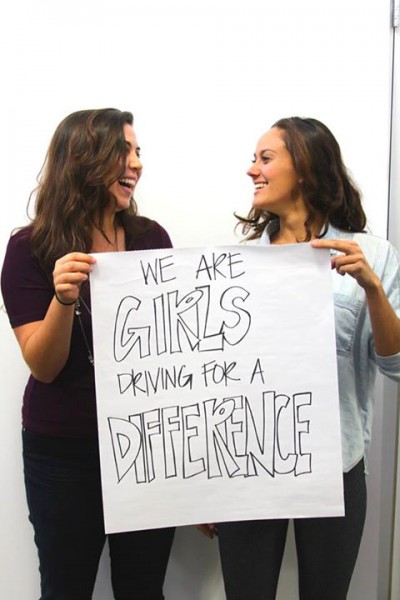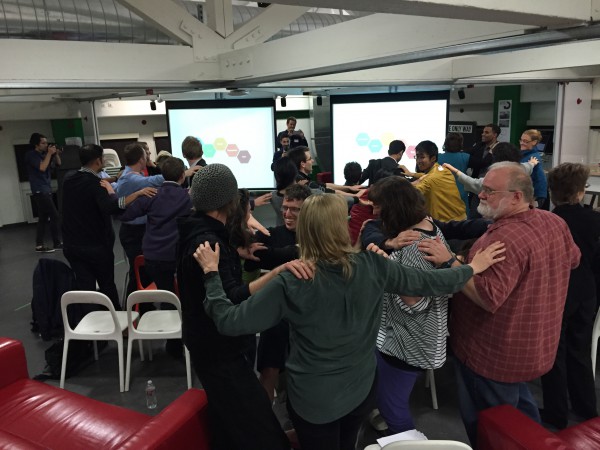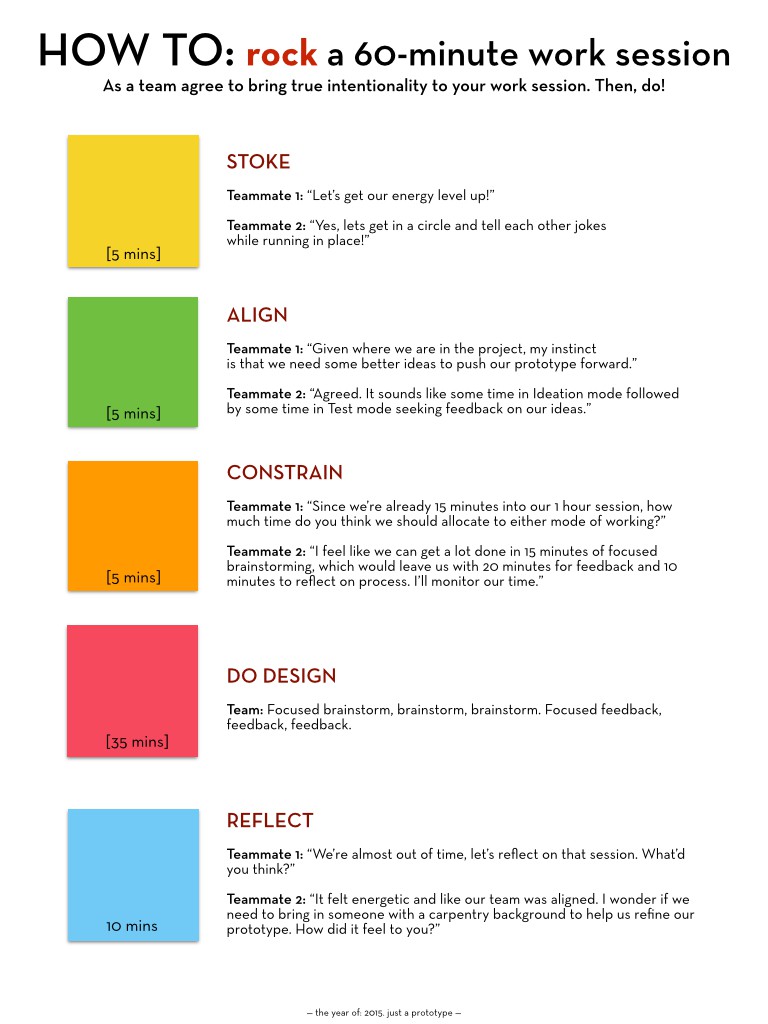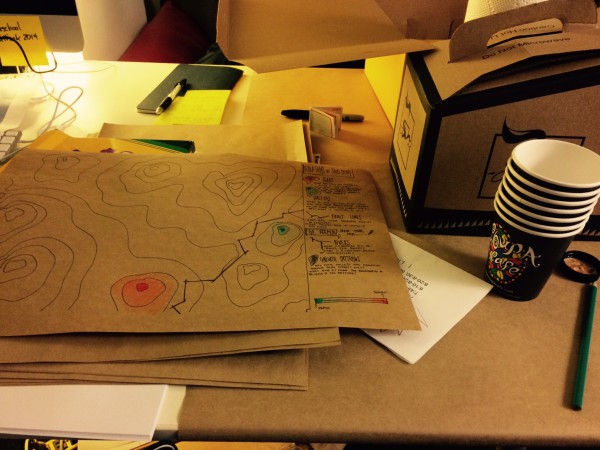The floundering pitch
| 10 Comments
I have been trying to wrap my head around vulnerability recently. Yes, I finished reading Brené Brown’s “Daring Greatly“. No, I am not the first person to do so or to be taken with the concept of vulnerability as a powerful force in our everyday lives. I am now hunting for people with whom I can speak about the topic. I am also observing people as they write, share (or don’t) and why. I am also keenly aware of what they write and why they choose to take the approaches that they do.
I have a prototype with which I am wrestling in an attempt to move forward with my findings so far. One is a journal for innovators to use while in process. It is inspired by my habit of using the 5-Minute Journal and the ways in which I have seen it change my behavior. This prototype is also inspired by my seeming inability to stick with my sticky-note-a-day habit. I have also been observing others struggle with a daily habit of recording around their daily process. Then there are the requests to promote projects via social media and other avenues without the context of what they learned and their path to success through struggle and failure.
But I (yes, me!) am actually having the hardest time getting started. All I have to do is fire up InDesign and begin. But, for whatever reason (fear?), I am not doing it. I am checking Facebook, sharing interesting things I have read on Twitter and generally procrastinating. I am not short on time either. I had almost three uninterrupted hours to work on this project at one point and numerous occasions to bang out the prototype, which is currently in the messiest stage imaginable as you can see here:

The mess contained in my notebook. I am struggling to get from this to a prototype. And, yes, that is my absolutely ludicrous attempt to draw a camera. (Emi Kolawole)
I’ve really got nothing. (more…)

